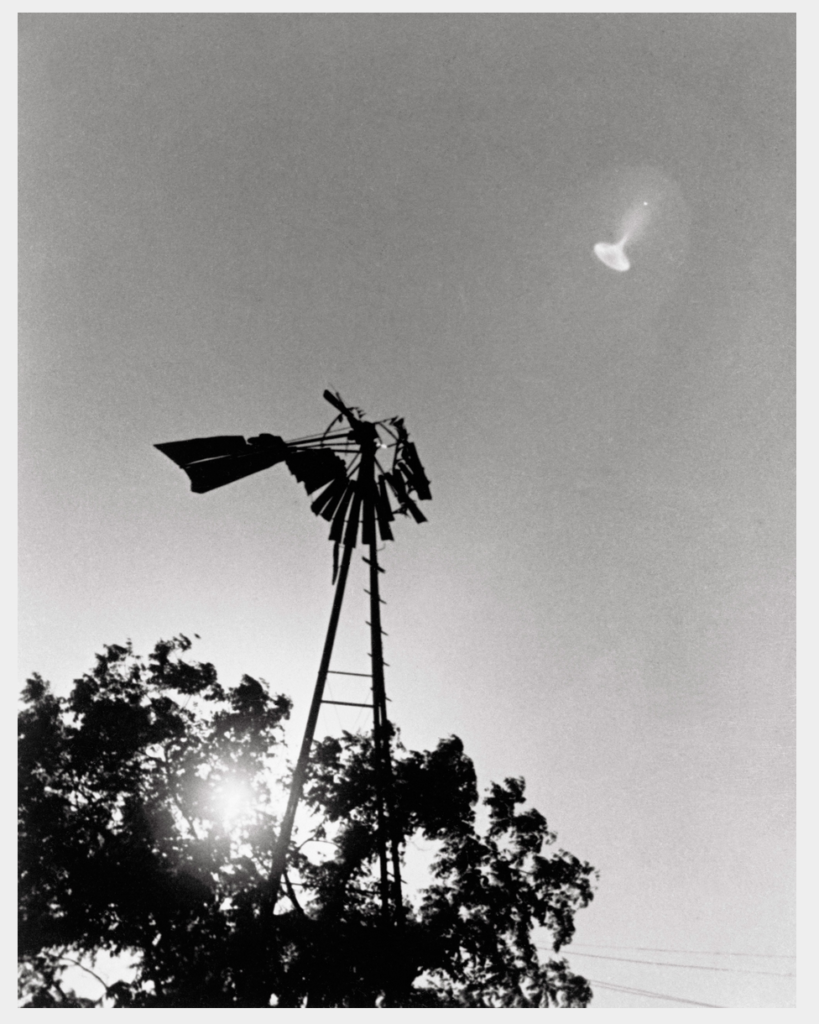
In the late 1950s, orbital measurements of the Martian moon Phobos were interpreted to suggest that the satellite’s orbit was decaying faster than expected. This prompted the Russian astrophysicist Iosef Shklovsky to propose a “thin sheet metal” structure for Phobos, thereby explaining its anomalous acceleration and implying that it is of artificial origin.
The ensuing jolt of public interest in this hypothesis spurred an invigorating side-line for Shklovsky, who progressed from a drably monochrome list of equation-heavy papers — replete with sober titles such as On the Nature of the Fine Structure of Emission of Active Regions on the Sun — to glamorously teaming up with Carl Sagan to (among other things) advocate examination of “paleocontact” with extraterrestrials and for scrutiny of myths and religious lore for indications of influences from out there.
My guess is that it’s quite likely Shklovsky was well aware that promoting a field that later generated efforts such as Erich von Daniken’s Chariots of the Gods, and the History Channel’s Ancient Aliens was largely just for fun. There is, after all, no harm in broadening the public’s exposure to a wide variety of ideas. Right?
As described on his Wikipedia page, on the occasion of a visit to the Berkeley Astronomy Department, Shklovsky was memorably asked by a graduate student if UFO sightings are as common in the Soviet Union as in the United States.
“No,” he replied. “In this area the Americans are far more advanced than us.”
